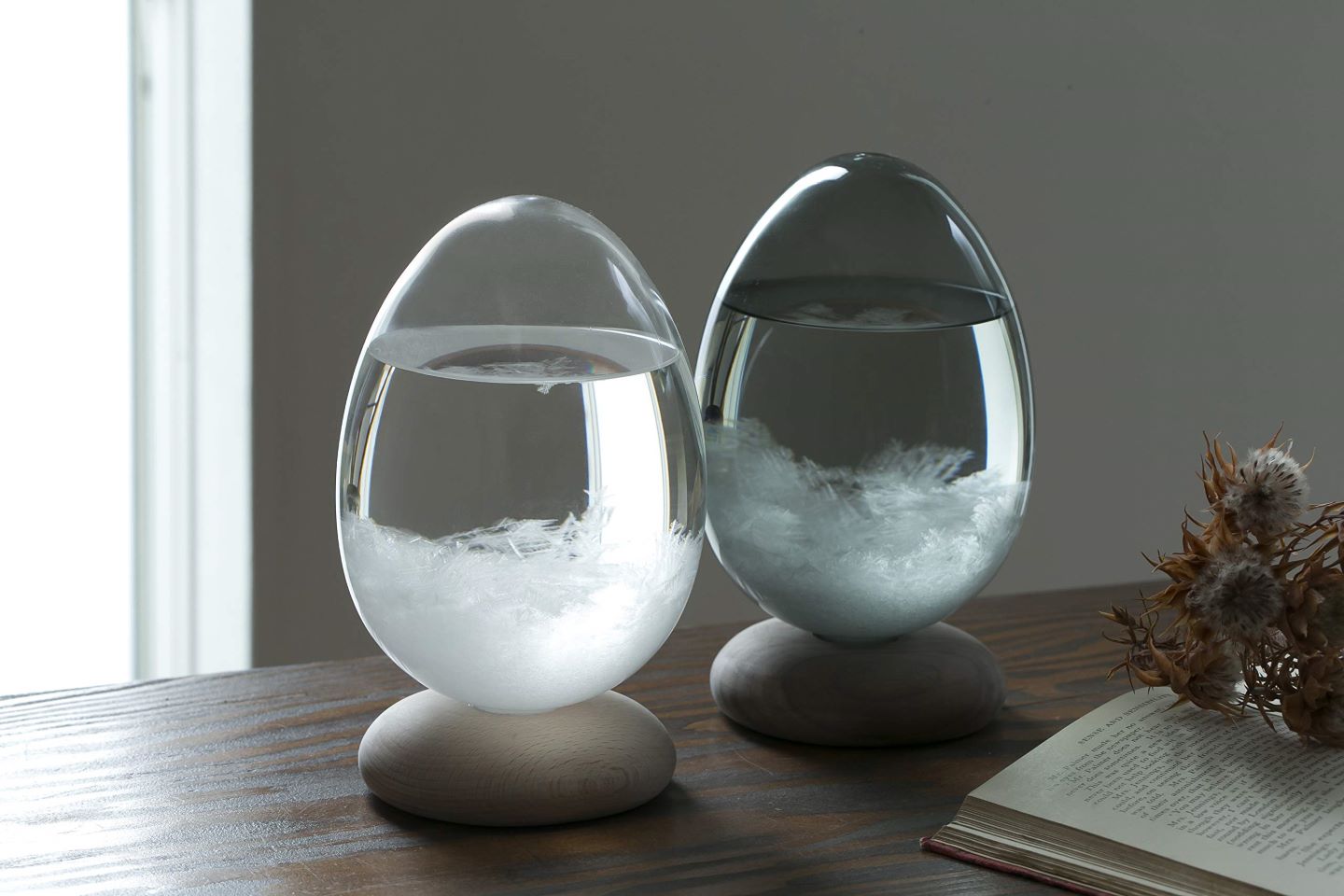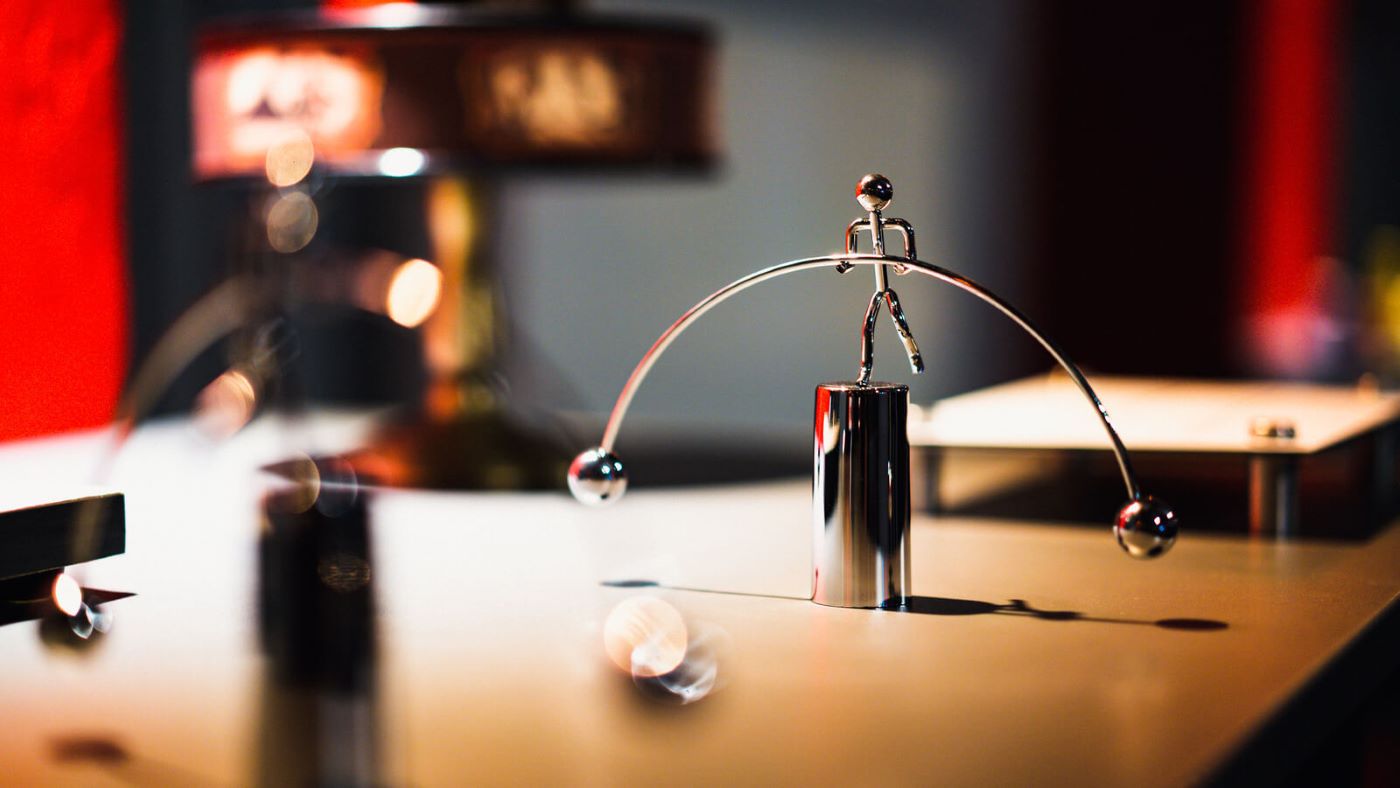Storm Glass: The Ultimate Guide to Understanding and Using This Mystical Barometer
In a world dominated by technology, the "Storm Glass," or storm barometer, reminds us of the stunning simplicity and beauty of weather prediction. This glass barometer, rich in history and mystery, is more than just an instrument; it’s a work of art that captures the essence of nature's whims. In this article, we will explore the fascinating function of the Storm Glass and how it can be a valuable addition to your home or office.

What is a Storm Glass?
The Storm Glass, also known as the Fitzroy barometer, is a traditional weather-predicting instrument. Filled with chemical crystals inside a glass container, it reacts to atmospheric changes, offering a visual representation of upcoming weather conditions. Historically, it was used by sailors to anticipate storms at sea.
The Mystery and History of the Storm Glass:  A Journey Through Meteorological Time
A Journey Through Meteorological Time
The Storm Glass, also known as the Fitzroy barometer, is an intriguing and historical weather prediction instrument. Its origin dates back to the 19th century, a time when understanding and predicting weather conditions were crucial for navigation and maritime trade. This instrument, attributed to Admiral Robert FitzRoy, a renowned sailor and meteorologist, gained popularity after being used aboard the HMS Beagle during Charles Darwin's voyage. The Storm Glass works by enclosing a chemical solution in a glass container. This solution reacts to changes in atmospheric pressure and temperature, forming crystals of various shapes and sizes, which serve as indicators of impending weather changes. While the exact workings of the Storm Glass remain somewhat mysterious, its ability to capture the essence of nature's whims makes it a fascinating object of study and decoration.
How Does a Storm Glass Barometer Work?
The workings of a Storm Glass remain a topic of fascination. The chemical composition inside the crystal barometer reacts to temperature and atmospheric pressure changes. These reactions manifest as changes in crystal formation, thus offering a visual prediction of the weather.

Interpreting the Signs of a Glass Barometer
Knowing how to read a barometer is essential for correctly interpreting the signs of the Storm Glass. For example, floating crystals often indicate humid or stormy weather, while crystals at the bottom suggest clear weather. Each crystal formation has its own meaning, making every Storm Glass unique.

The Storm Glass: More Than Just a Weather Instrument
Beyond its function as a working barometer, the Storm Glass is also an elegant decorative object and a great gift idea. It combines aesthetics and functionality, adding a touch of magic and mystery to any living space.
Conclusion
The Storm Glass is a fascinating blend of science, art, and history. It offers not only a visually captivating weather prediction but also a glimpse into historical meteorology. Whether you're a weather enthusiast, a history buff, or simply looking for a unique decorative piece, the Storm Glass is an exceptional choice. With its dancing crystals and mysterious predictions, it is sure to spark curiosity and wonder in any home or office.





Leave a comment
All comments are moderated before being published.
This site is protected by hCaptcha and the hCaptcha Privacy Policy and Terms of Service apply.